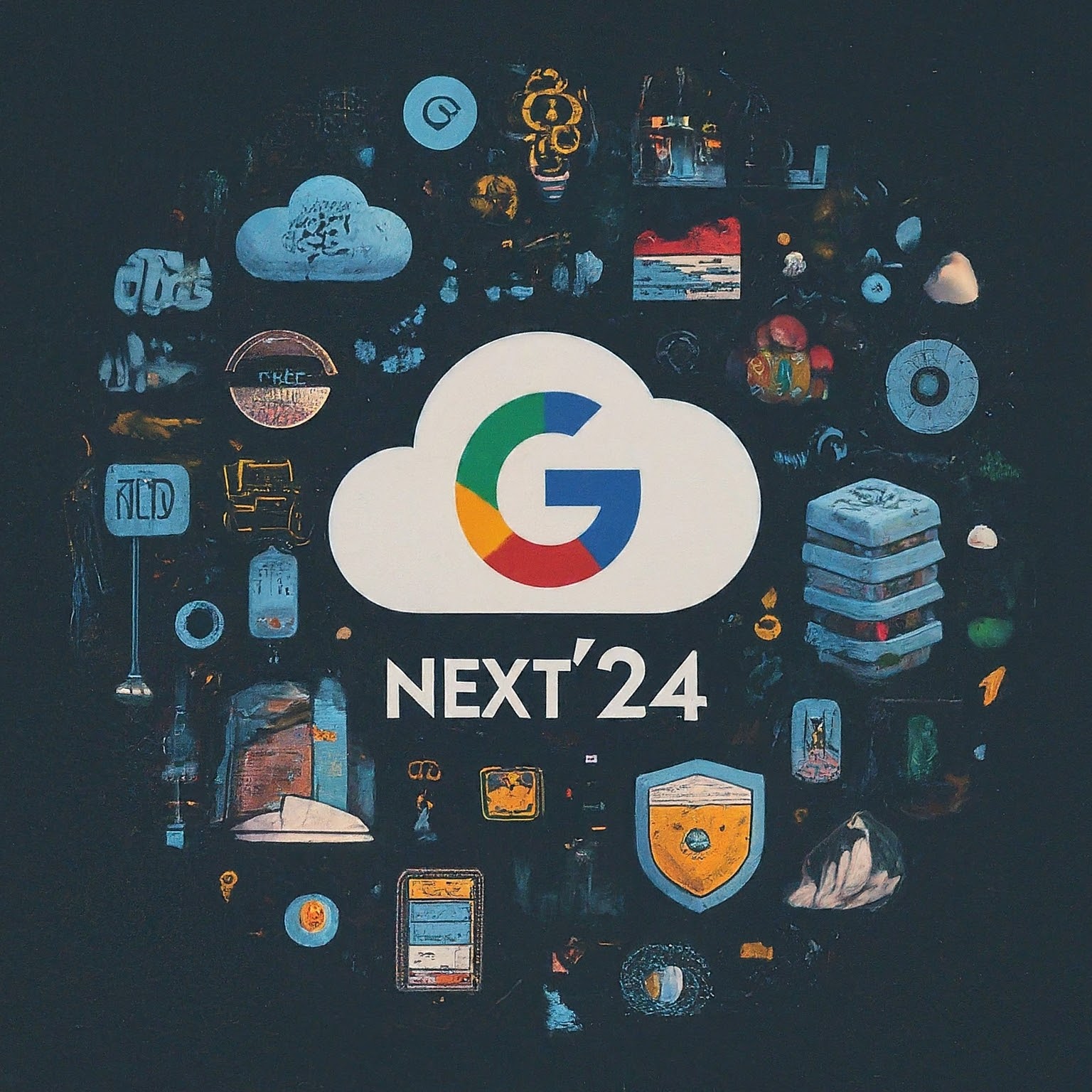1. Ensuring safeguarding of information for Google Workspace for Education accounts
School and personal Google accounts operate independently from each other. To be precise, Google Workspace for Education accounts ensure that the organization possesses and controls all user information, not Google. Furthermore, educational administrators possess authority, enabling them to utilize various tools for regulating students’ online activities, such as preventing access to inappropriate content and applications.
Enhanced teamwork with Google Workspace for Education and Chromebooks, ensuring utmost safety.
Google for Education offers students access to a range of ad-free core services through their school-issued accounts. These services, including Google Classroom, Docs, Slides, and Gmail, are seamlessly integrated into the platform. They not only provide an ad-free environment for learning but also ensure the security of user data and devices against emerging threats like ransomware attacks. Additionally, administrators benefit from a variety of tools within Google Workspace, such as security centers, identity and access management, data loss prevention, and alert systems.
3. Enhanced security measures achieved through utilization of external applications and surveillance utilities.
Teachers have the option to employ platforms such as Lightspeed or GoGuardian, which help establish protective boundaries in the digital realm, enhancing the security of the educational journey. For a broader range of applications that seamlessly integrate with Google for Education, the Google for Education App Hub serves as a valuable resource.
4. Technology for promoting mental health and ensuring online security
Ensuring students’ online safety is crucial, and it becomes more attainable through the assistance of platforms such as Be Internet Awesome. In celebration of Safer Internet Day, Google unveiled a unique edition of Highlights Magazine inspired by the curriculum. Educators have the opportunity to acquire a complimentary digital copy of the magazine and additional resources on Highlights.com/InternetSafety.
For additional information on digital safety, administrators and teachers are encouraged to explore Google’s website. Within the site, they will find the K-12 Cybersecurity Guidebook, a comprehensive resource that details various tools and optimal methods tailored to promote secure and efficient utilization of technology within educational institutions. Furthermore, parents and guardians can enhance their understanding of the tools employed by their children at school by referring to Google’s Guardian’s Guide and Families FAQ sections.





